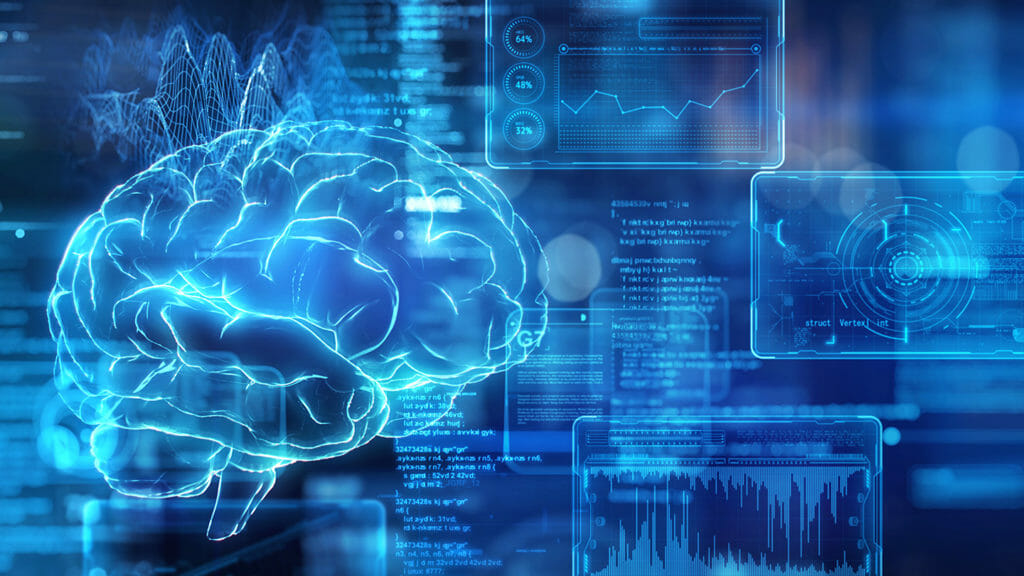

Brain machine interface technology, in which implants create a communication link between the mind and an external computer, has been considered a faraway but potential far-reaching solution for neurological disorders such as Parkinson’s or stroke damage.
Last week, Elon Musk’s company Neuralink announced a major breakthrough: The device has been successfully implanted in a human brain for the first time.
Although such an announcement could take the idea of brain-computer interfacing implants out of the realm of science fiction, some expert analyses have thrown cold water on the idea that this technology will be ready for commercial use anytime soon.
Although Neuralink received approval from the US Food and Drug Administration to begin a study on how the device can assist with paralysis, clinical validation of the device could take a decade and bears a large financial and ethical cost, one scientist wrote in The Conversation.
Even though Neuralink and its competitors may be years away from the market, older adult caregivers and care providers should stay abreast of those devices’ status and how closely the hype does or doesn’t match the clinical data.
One major issue that will take time to unfold is the potential long-term side effects of the implantation and whether anyone could provide long-term care for the maintenance of them.
A recent cautionary tale for similar devices are Second Sight’s retinal implants. When the company went bankrupt in 2022, patients were left with the useless implants stuck in their eyes, possibly permanently, the Conversation story warned.
Neuralink itself previously has been under investigation for possible lab animal mistreatment during the testing the company’s implant. Even current brain implant technology comes with risks and ethical considerations.
Devices for deep brain stimulation — used to treat advanced Parkinson’s and tremors — are subject to long-term wear and can cause some slight brain damage in neighboring tissue, the McKnight’s Tech Daily previously has reported.


